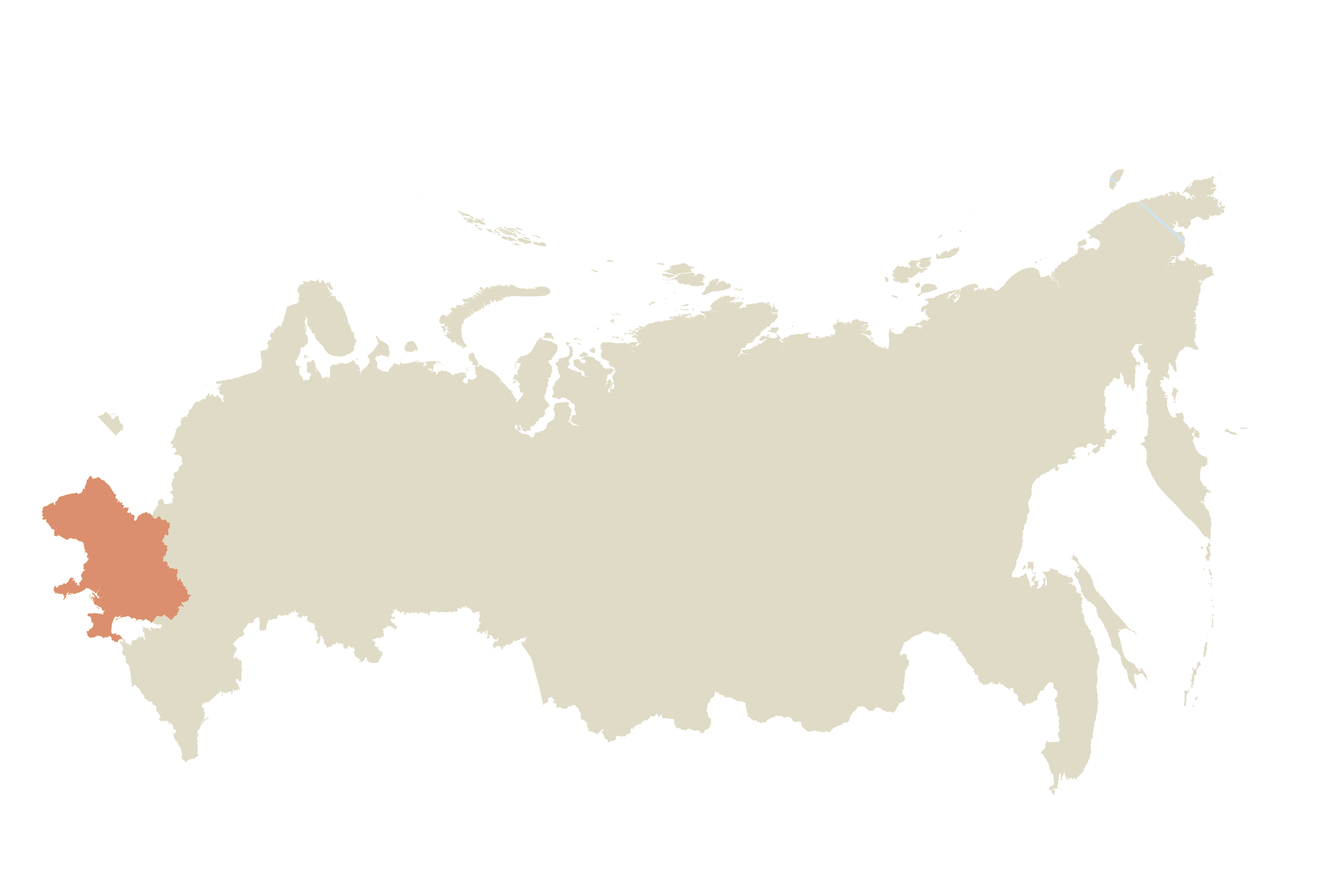
Five graphics explaining the Russia-Ukraine conflict
Published
Updated
Russia launched a full-scale invasion of neighboring Ukraine on Feb. 24, prompting a mass exodus of civilians and stoking global tensions with West. These graphics tell the story.
Russia invades
At around 4 a.m. local time on Feb. 24, Russian forces poured into Ukraine from four primary directions, according to an analysis by the research group Institute for the Study of War.
Russia crossed the eastern border near the city of Kharkiv and also launched attacks from the Donbas region, which since 2014 has been controlled by Moscow-backed separatists. To the north, Russian forces crossed the border from Belarus — a country with close military and defense ties to Russia — and took over the city of Chernobyl. Another attack originated from Russia-controlled Crimea in the south of Ukraine.
Since then, Russian troops have advanced and taken control of vast swaths of Ukrainian territory. Kherson was the first Ukrainian city to be captured. Other cities have been bombarded by shelling.
Ukrainians flee en masse
Since the beginning of the war, 4 million people have fled to neighboring countries — roughly 9.2% of Ukraine’s population. The vast majority have gone to Poland, according to U.N. data.
The history
The tensions in the region trace back decades to Ukraine’s decision in 1991 to declare independence from what was then the Soviet Union.
Ukraine has been an independent country ever since, but Russian President Vladimir insists it should be a part of Russia. “Ukraine is not just a neighboring country for us,” Putin said in a televised speech on Feb. 21. “It is an inalienable part of our own history, culture and spiritual space.”
Ukraine was among several Soviet republics that became independent countries as the Soviet Union collapsed. The Baltic countries of Estonia, Latvia and Lithuania eventually joined the North Atlantic Treaty Organization, as did several former members of the Soviet-era Warsaw Pact.
Part of Putin’s stated rationale for war was to prevent NATO from expanding farther east. Putin has said he considers the prospect of Ukraine joining the Western alliance “a hostile act.”
After Ukraine’s pro-Russia president was ousted from office after mass protests in 2014, Russia annexed Crimea, a strategic Ukrainian peninsula on the Black Sea. That same year, Russia-backed separatists in the eastern region of Donbas launched an insurgency against Ukrainian troops, taking control of parts of Donetsk and Luhansk.
Putin’s critics contend that his invasion realizes a years-long desire to take control of Ukraine. Paving the way for such an action, they note, he has increased his crackdown on dissent within Russia in recent years. Many of his political opponents have been jailed or killed.
War met with sanctions from the West
In response to the invasion, President Biden and other Western leaders piled on economic sanctions against Russia’s financial institutions, causing the value of the Russian ruble to plummet.
Early on, Germany halted the authorization of the Nord Stream 2 pipeline project, which would have carried Russian natural gas directly to the country. More than one-third of the gas consumed by the European Union is imported from Russia.
Biden and other NATO allies have expressed support for Ukraine, offering weapons assistance and financial aid. Because Ukraine is not a NATO member, however, they have made clear they will not intervene with military force.
“There’s no scenario — the president is not sending U.S. troops to fight in Ukraine against Russia,” White House Press Secretary Jen Psaki said in Feb. 23 briefing.
The White House also imposed sanctions directly against Russian President Vladimir Putin and more than a dozen oligarchs and their families, working through an expanding list of Russian elites to peel back the layers of Putin’s wealth.